Japan All You Can Eat Wagyu Beef
Wagyu is a type of high-quality beef that can literally be translated as Japanese beef. But it doesn't refer to every type of Japanese beef. Today Wagyu beef is well known worldwide in fine restaurants. Wagyu is the high-end beef for its exceptional marbling, superior tenderness and exquisite flavor. However, how much do you know about Wagyu? In this article, we introduce Wagyu beef, and the top three brands of Wagyu which you can enjoy in Japan.

What is Wagyu beef?
"Wagyu" refers to all Japanese beef cattle. "Wa" means Japanese and "gyu" means cow. However, Wagyu is not an umbrella term for any Japanese cow, it refers to four unique breeds of four purebred cattle: Japanese Black (Kuroge), Japanese Brown (Akage), Japanese Polled (Mukake) and Japanese Shorthorn (Nihon Tankaku). This classification was established in 1944. Japanese Polled and Shorthorn are only bread inside Japan and among the four breeds of Wagyu, Japanese Black accounts for 95% of Wagyu raised in Japan.
All wagyu can be listed as domestic Japan Beef but not the other way around. Domestic Japanese beef can also include imported cattle that were either born or feeded in Japan. Some Japanese beef brands are Angus, Jersey and Holstein. Nowadays cross-breeding wagyu cattle with other breeds of cattle is prohibited so only beef that belongs to one of these four breeds and was raised in Japan can be considered Wagyu.
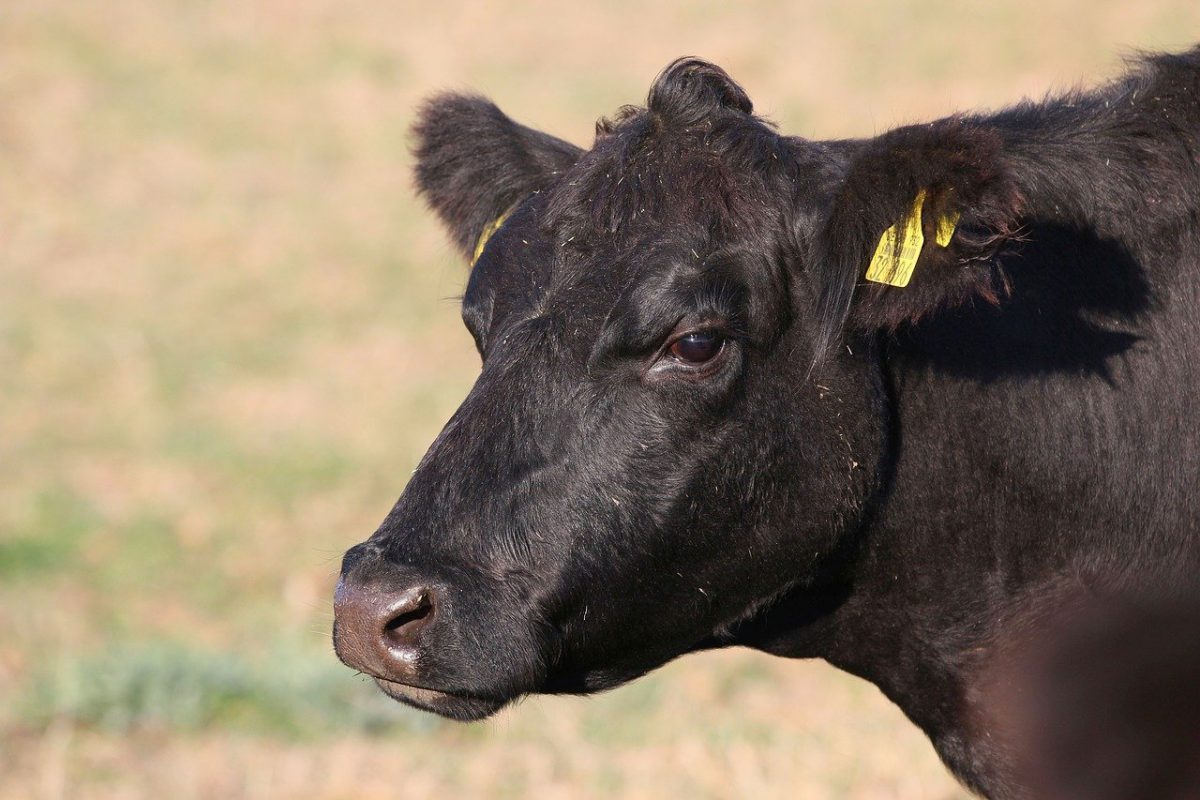
Within wagyu there are different classifications and there are two grades to be given: a Yield Grade that is marked A to C indicating the quantity of high-quality meat and a Quality Grade, a number between 1 and 5. The quality grade is based upon the marbling, meat color and brightness, firmness and texture, and color and quality of the fat. The highest quality and thus most expensive wagyu beef is classified as A5.
Why is Wagyu beef so popular?
Wagyu beef is juicy, rich, and flavorful and one of the most popular luxury foods in Japan. The luxury version of Wagyu that you see in some gourmet restaurants refers to a specific breed of Japanese cattle with a unique genetic predisposition. They store fat on the inside of their muscle, creating the marbling of fat inside the muscle tissue. This marbling is the key of Wagyu beef and the reason why it practically melts in your mouth as soon as you put a piece in your mouth.
In addition to the exquisite tenderness and flavor, Wagyu is also known for its health benefits. Health experts have discovered that the mono-saturated to saturated fat ratio is higher in Wagyu than other beef. Forty percent of the saturated fat contained in Wagyu is stearic acid, which is said to have a minimal impact on cholesterol levels.
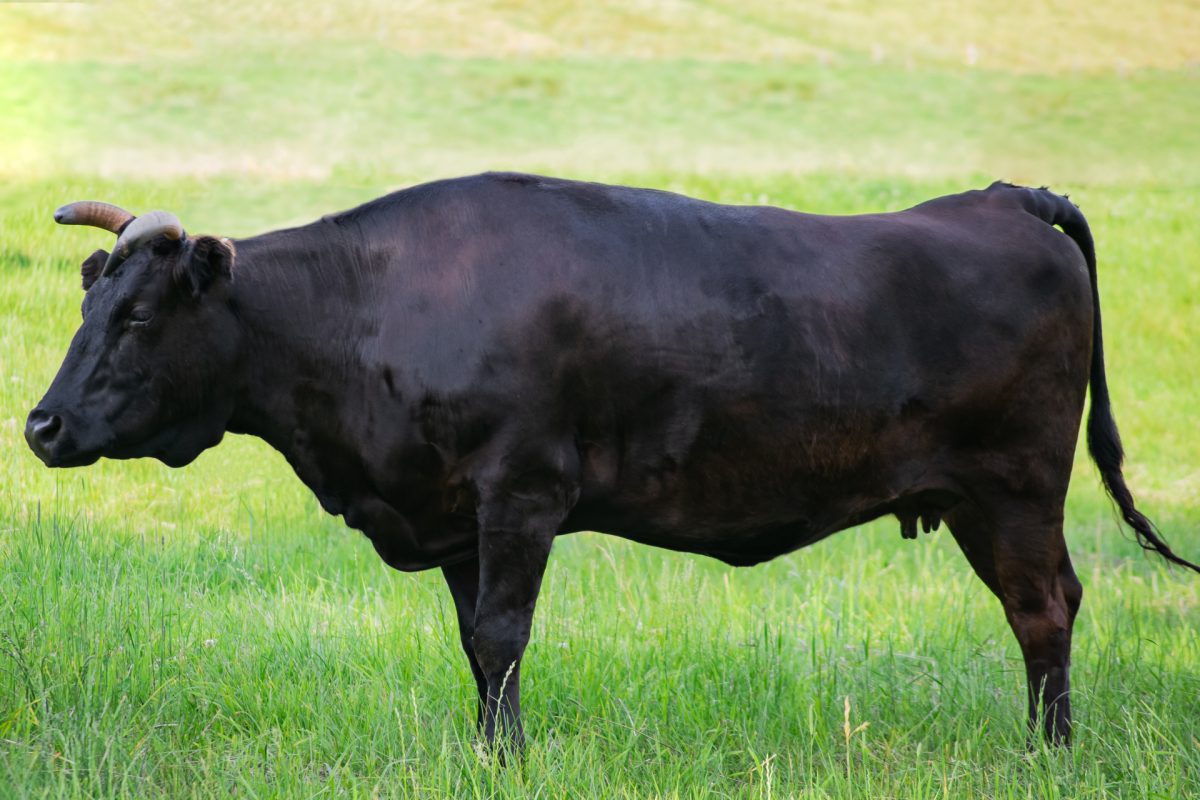
Wagyu beef in the Japanese kitchen
Wagyu is used in various cuisines. The most popular ways of cooking include steak, Sukiyaki, Shabu-shabu and Yakiniku. Seared Wagyu beef sushi is also very popular in Japan. Sukiyaki is a thinly sliced beef, tofu, and vegetables cooked in an iron pan with sugar and soy sauce, and eaten with the raw egg dipping. Shabu-shabu is a thinly sliced meat cooked briefly in hot broth, along with vegetables, tofu and noodles. Yakiniku is grilled briefly at extremely high temperature, and eaten with some seasoning such as soy sauce or salt and wasabi. In order to enjoy the unique texture and aroma of Wagyu, cooking time should be minimal and never overcook.
There are over 100 different brands of Wagyu beef in Japan, depending on the region the castle was raised. Generally the three top brands of Wagyu beef are considered to be Kobe beef, Matsusaka beef and Omi beef.
1. Kobe Beef
Kobe beef is the most popular brand of the wagyu beef coming from the Tajima strain of Japanese Black cattle. There are some criteria in order for the beef to be qualified as Kobe beef such as; the cattle must be born and raised in Hyogo prefecture, the cattle must be processed in a part of the Kobe Beef Marketing Association, the quality of meat must be A4 or A5, and the gross weight of beef from the animal must be 470 kg or less. The meat is well-known for its delicate flavor, tenderness and juiciness.
The branding of Kobe beef in Japan started when the Kobe Beef Marketing and Distribution Promotion Association was formed in 1983, and Kobe beef started to be exported to foreign countries in 2012. In some countries such as Australia, Canada, the UK and the USA, Wagyu cattle imported from Japan are farmed with other beef breeds, and labeled as "Kobe-style Beef" or even "Kobe Beef". So make sure before you order in a restaurant or purchase at a store that the beef is certified Kobe beef.
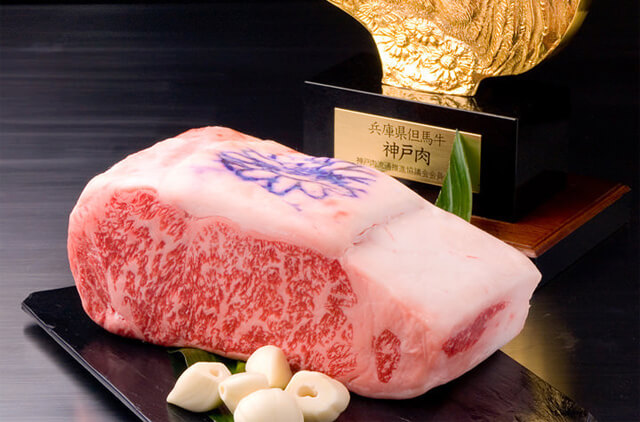
2. Matsusaka beef
Matsusaka beef is the meat of Japanese Black cattle raised under strict conditions in Mie Prefecture, of which Matsusaka is the capital city. Matsusaka beef is known for a high fat-to-meat ratio and only refers to the nulliparous cows, since their meat is the softest and most marbled.
The premium beef of Matsusaka is born because of a special type of feeding and care. Although a normal Wagyu is fed for 2 years, Matsusaka beef's feeding period can take up to 3 years. Sometimes they are fed with beer and massaged with Shochu, Japanese distilled alcoholic beverage, to make the meat extra soft. In addition, most producers try to decrease the stress levels of the cows by making physical contact with them, placing them in clean individual rooms, providing them with a fan and cold shower when the weather is hot, and taking them for a walk. The cows are treated like real queens!
Because the fat melting point of Matsusaka beef is lower than other Wagyu, a cut of meat melts as soon as it hits your tongue, or even on your palm. According to Matsusaka Beef Council, the fat melting point of Matsusaka beef is about 17 degrees while that of other Wagyu is about 26 degrees. In addition, the meat has a delicate sweet and deep flavor.
3. Omi beef
Omi beef is the Wagyu beef from the Japanese Black cattle, originating in Shiga Prefecture (Omi is the former name of Shiga). Omi beef is said to be the oldest beef brand in Japan. The origin of Omi beef, called Hikone beef, dates back approximately 400 years while the history of Kobe beef is approximately 130 years and that of Matsusaka beef is about 100 years. It is said that during the Edo Period (1603-1868), when the consumption of meat was forbidden, miso-marinated Hikone beef was sold as the health-curing agent Henpongan, and was presented to the Edo Shogunate. Omi beef brand has been gradually established as the Omi Beef Association was founded in 1951.
The production of certified Omi beef is more limited than Kobe beef and Matsusaka beef, and only available at certain fine dining establishments. The reason for this is that the producers of Omi beef can only maintain the high quality of certified Omi beef by devoting greatest care and time in raising the cows.
Raised on the rich agricultural lands around Lake Biwa in the Shiga Prefecture, Omi beef possesses a fine and tender meat quality, sweet and light fat, and a mellow aroma. The meat has a high oleic acid content and is soft and delicious.
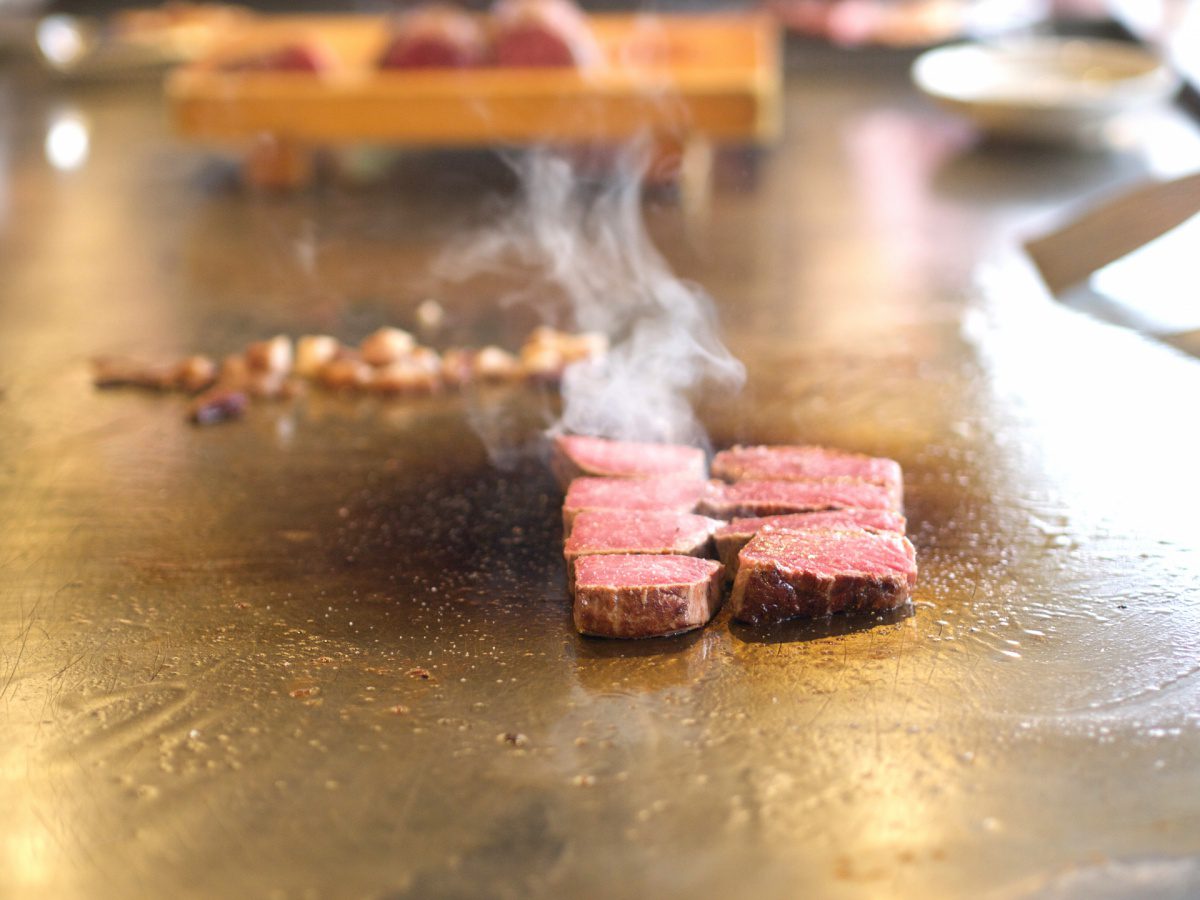
Japan Wonder Travel Tours
If you want to learn more about Japanese foods and visit some local izakaya, be sure to join our food tours. We offer many different experiences, ranging from local food tasting to bar hopping to cooking classes:
- Asakusa local food tour
- Sunamachi (Tokyo) food tour
- Kyoto food & bar hopping tour
If you are interested in Wagyu, you can find many fine restaurants which serve certified Wagyu beef. Be sure to check the quality of the meat beforehand and ask for wagyu beef, not to be mistaken with Japanese domestic beef. Because of the unique taste, quality and tenderness, wagyu is very popular and you should definitely try some when you visit Japan. Be prepared however to pay a fair amount of money, because the production of wagyu is a time-consuming and costly process. However, wagyu beef in Japan is worth tasting. We hope you enjoy it!
Follow us on Instagram or Facebook for more travel inspiration. Or tag us to get featured!
Happy travelling!
Stay informed of the best travel tips to Japan, the most exciting things to do and see, and the top experiences to have with the Japan Wonder Travel Newsletter. Every week we will introduce you to our latest content.
Other articles you may like
This post may contain some affiliate links. When you click through and make a purchase we may receive some commission, at no extra costs to you.
hayesinupoppeired.blogspot.com
Source: https://blog.japanwondertravel.com/all-you-need-to-know-about-japanese-wagyu-beef-21321
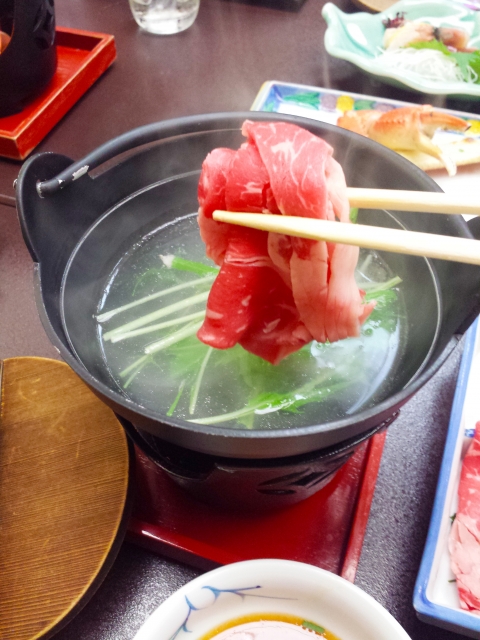
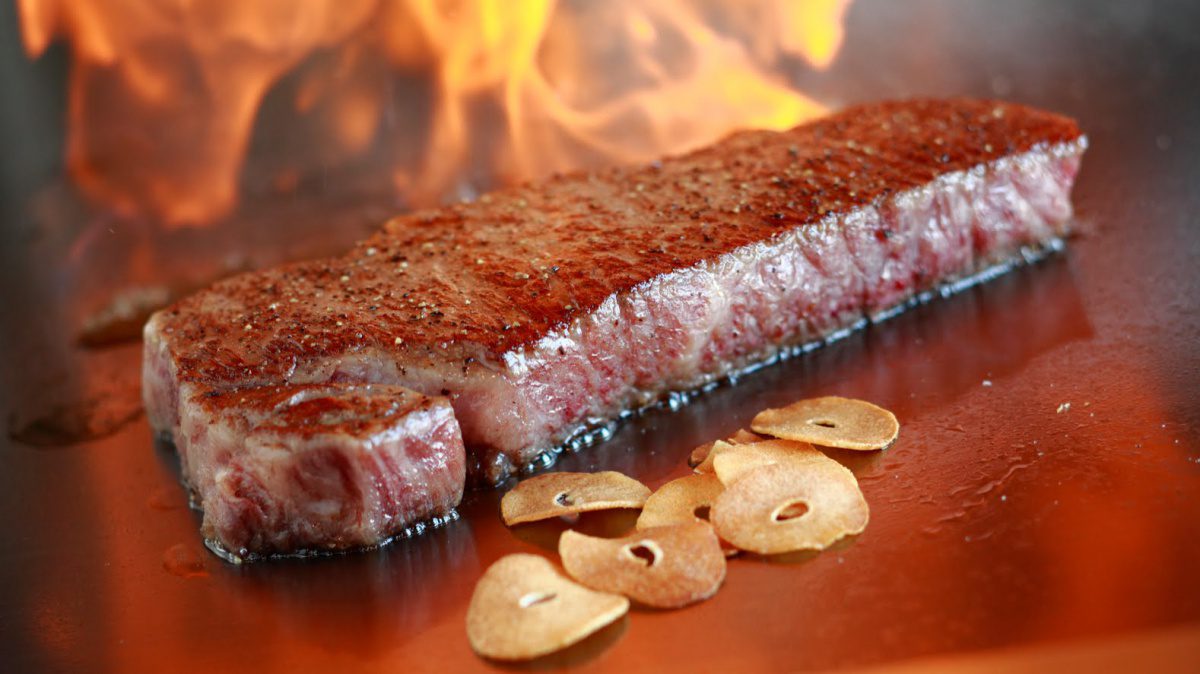
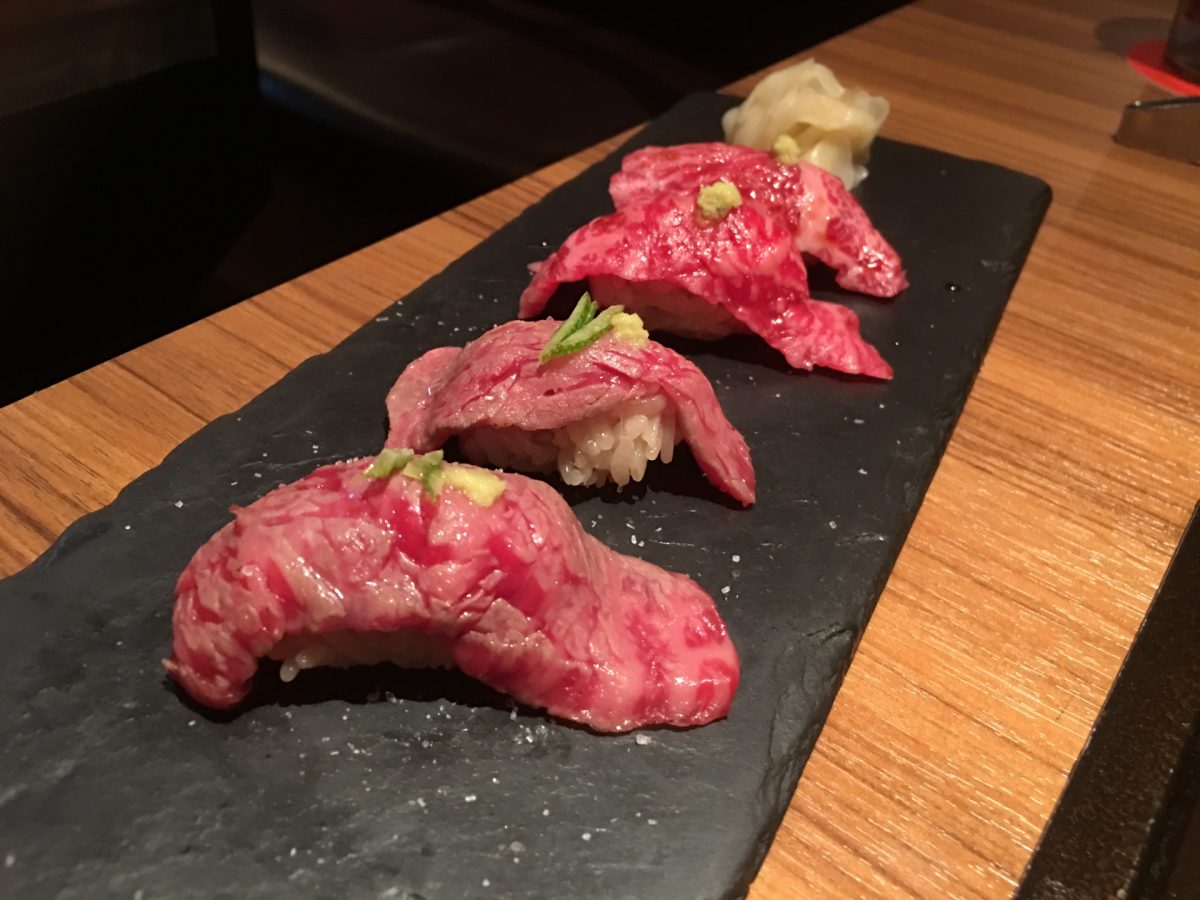
Posting Komentar untuk "Japan All You Can Eat Wagyu Beef"